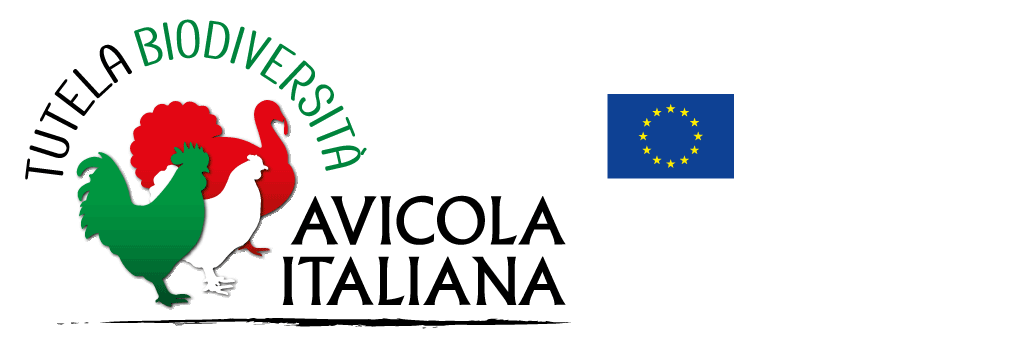Ermellinata di Rovigo
Geographic origin: Veneto (Rovigo)
Geographic distribution: Veneto
Estimated total population size: 828 (Castillo et al, 2021)
Extinction risk status (FAO, 1998): Threatened conserved
Historical origin of the breed
The selection of this breed started in 1959 at the Poultry Experimental Station of Rovigo, with the purpose to obtain chickens characterised by high quality meat. It is considered a dual-purpose breed, as it also shows good egg-laying properties. The Sussex and Rhode Island breeds participated in the creation of the breed.
Pictures from the archives of Prof. Gabriele Baldan and Prof. Massimo De Marchi
Qualitative morphological traits
Feather morphology: Normal
Feather distribution: Normal
Plumage structure: Slightly soft, but adherent, abundant; in the female, plumage more adherent and less abundant than in the male
Plumage colours: Classic ermine plumage
Colour features: Bi-colour, without sexual dimorphism
Colour pattern: White plumage, neck hackle striped with black, main tail feathers and flight feathers marked with black, tail perfectly black
Chick plumage colour: Yellow down; light grey wing span
Comb type: Single comb, upright
Comb spikes: Five to six spikes
Ear-lobe colour: Red
Beak colour: Light horn, darker at the top
Iris colour: Red, yellow permitted
Skin colour: Yellow
Shank colour: Yellow
Shank feathering: Free from feathers
Quantitative morphological traits

Reproductive and productive quantitative traits
Oviposition, brooding and incubation data
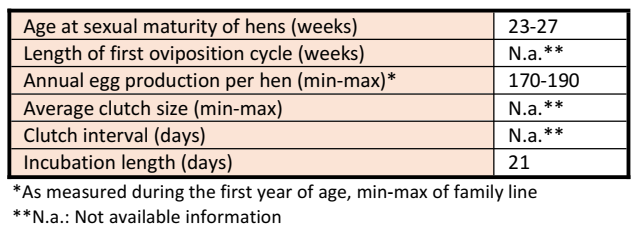
Egg-quality traits

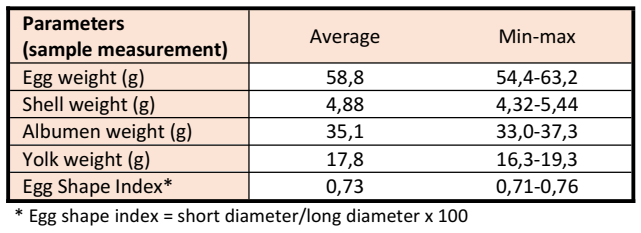
Reproductive traits
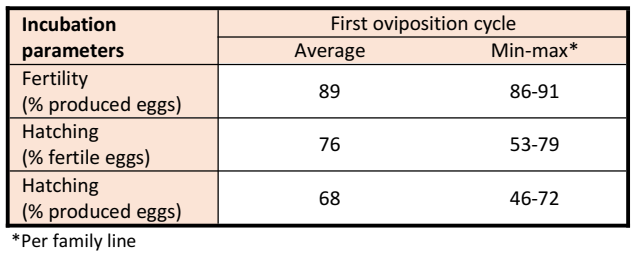
Slaughter data (age: 24 weeks)

Rearing traits
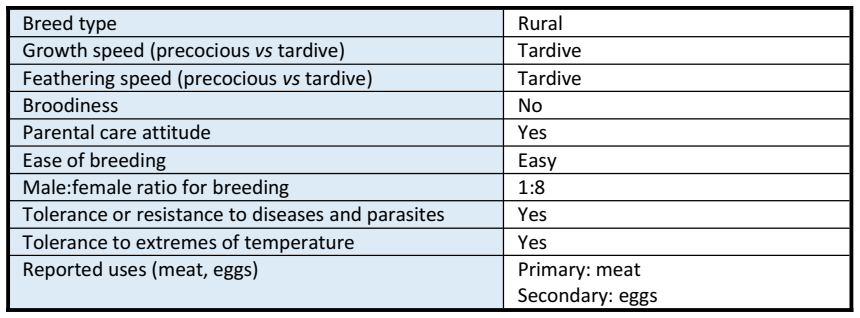
The presented data were registered in the nucleus population conserved at the “Sasse Rami” Experimental Farm, in Ceregnano (Rovigo).
Latest update: October 14th, 2023
Germplasm collection
The breed is conserved in our Cryobank with 211 semen doses from 7 donors.
